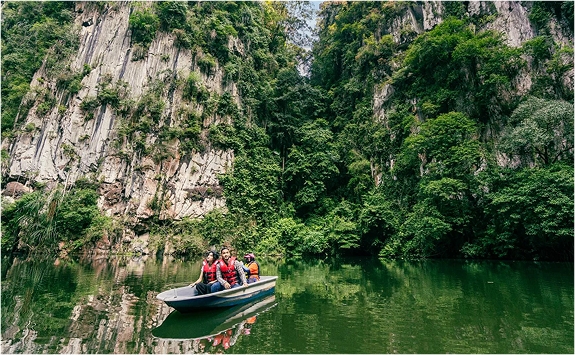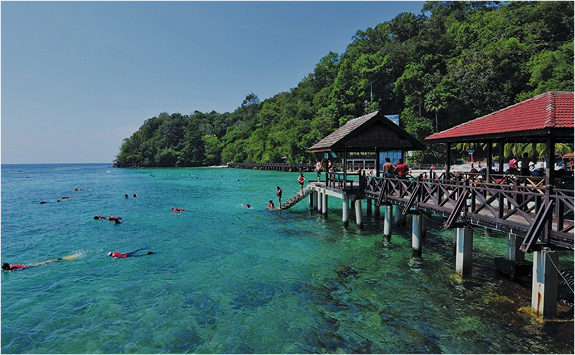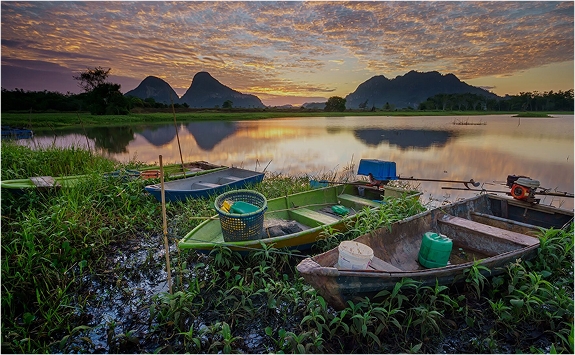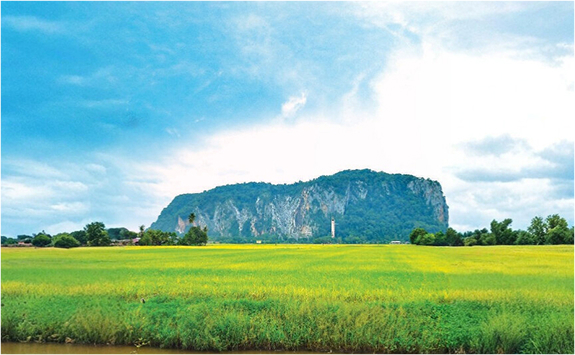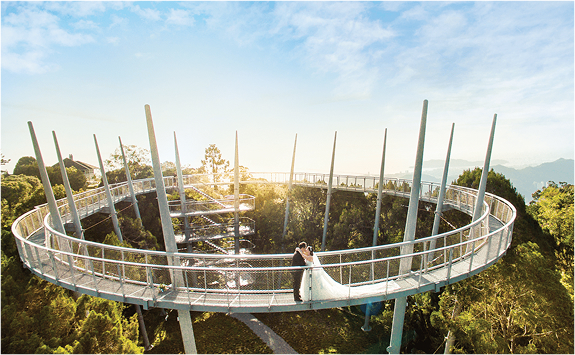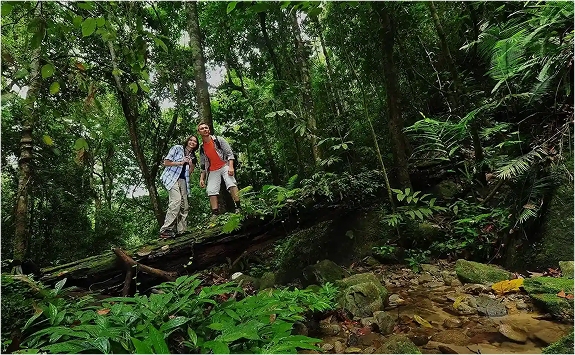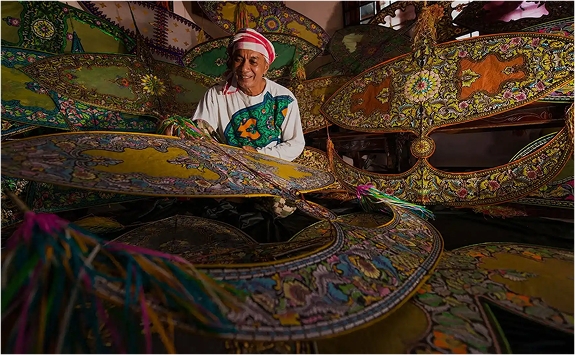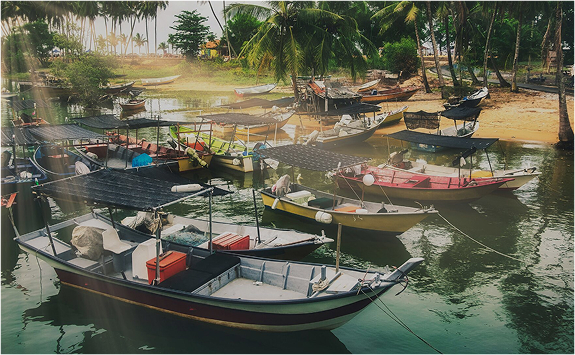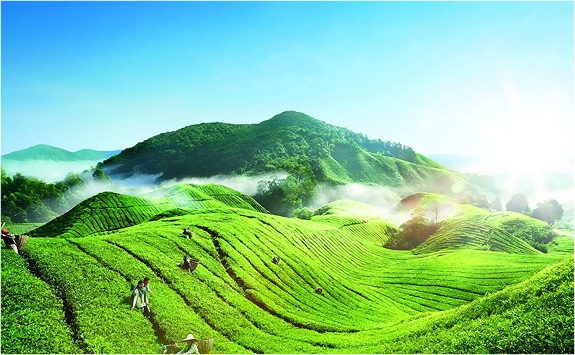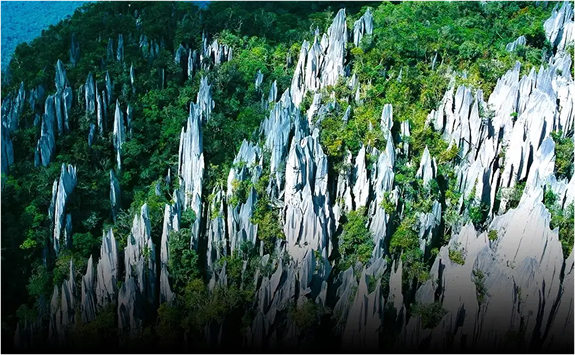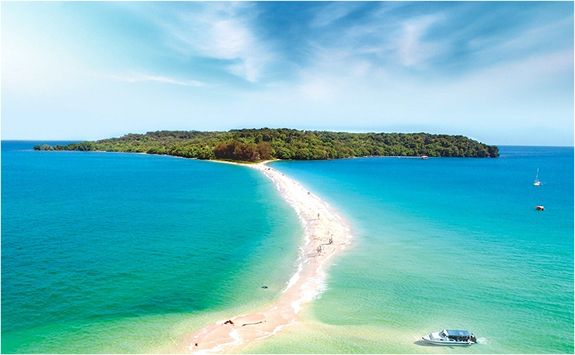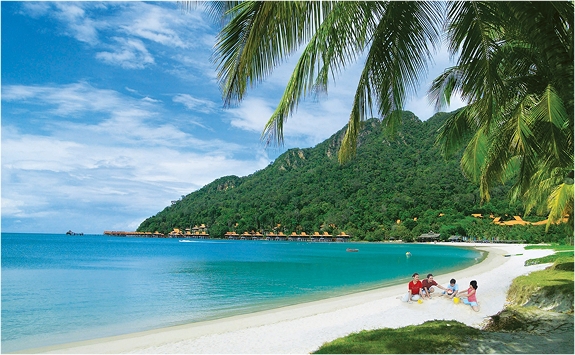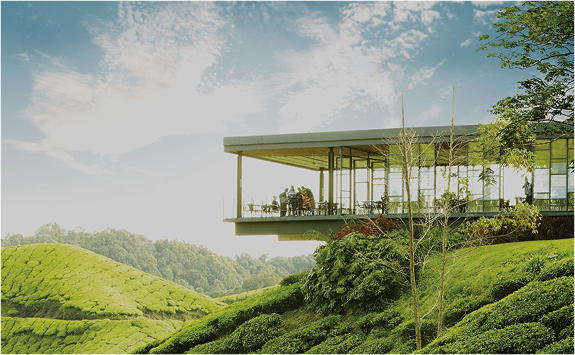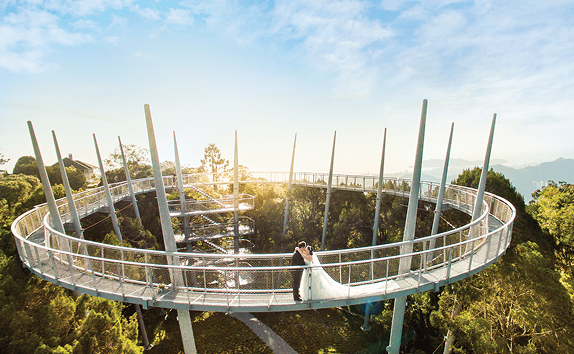JOHOR
Johor
With a land cover of 19,210 square kilometres, Johor is the third largest and the southernmost state in Peninsular Malaysia. The state is serviced by its state capital, Johor Bahru and supported by a fairly new international airport, the Senai International Airport. Johor has 3 IBAs (MY13, MY14 and MY15) and also has 3 out of 7 Ramsar sites in Malaysia.
- Contact Info
- Southern Johor Forestry Office
- www.johornationalparks.gov.my
- Johor National Parks Corporation
- Tel: 07 226 1301
- www.johornationalparks.gov.my
The state offers a variety of habitats and bird life for nature enthusiasts including beautiful island that made it in a Hollywood film! It attracts birders and photographers from Singapore and international visitors flying into area, buffered by its over 500 species count.
Panti Forest Reserve
Coordinate: 1°52’44.5”N 103°55’18.2”E
No. of species: > 350
Panti Forest Reserve is a famous site for birdwatching in the southern region of Peninsular Malaysia and it is very popular among birdwatchers from Singapore due to its distance from the Johor-Singapore border. This birding site is popularly known as Panti Bird Sanctuary.
Located about 20 kilometres from the town of Kota Tinggi, this site covers an area of approximately 275 square kilometres and is situated at the headwaters of the Johor, Linggiu and Ulu Sedili rivers in southern Johor. The area is made up mostly of lowland forest with hill forests on two mountains, Gunung Muntahak (654m) and Gunung Sumalayang (615 metres). The montane ericaceous forest occurs on the western summit of Gunung Panti (654 metres) and peat swamp forest can be found in the low-lying areas.
Panti Forest Reserve is listed as an IBAs (MY14). More than 350 resident and migrant bird species have been found here. This include many Sunda endemics. Five globally threatened bird species – Wallace’s Hawk-eagle, Rail-babbler, Chestnut-necklaced Partridge, Short-toed Coucal, Wrinkled Hornbill and Helmeted Hornbill – are also found here.
The peat swamp forest trail thrives with wildlife and here you might find the Blyth’s Hawk-eagle, Wrinkled Hornbill, Banded Kingfisher, Red-billed Malkoha, White-bellied Erpornis and Purple-naped Spiderhunter. You might also spot the Bat Hawk, Lesser Cuckooshrike, Green lora, Scarlet Minivet and Fiery Minivet and Black-and-White Bulbul while birdwatching along the Quarry Trail. Migrants include the Siberian Thrush, Siberian Blue Robin as well as the Dark- sided Flycatcher, Asian Brown Flycatcher, Yellow-rumped Flycatcher and Blue-and-White Flycatcher.
The Panti Forest Reserve’s Bunker trail harbours 8 hornbill species as well as the Olive-backed Woodpecker, Dusky Broadbill and Velvet-fronted Nuthatch. Parts of the forest reserve have been turned into a bird sanctuary. Currently, the most accessible trail is the Bunker Trail.
Access to this reserve is strictly with a permit which can be obtained but months in advance from the Southern Johor Forestry Office. The only way to get to this site is by your own vehicle and you are encouraged to engage a local guide.
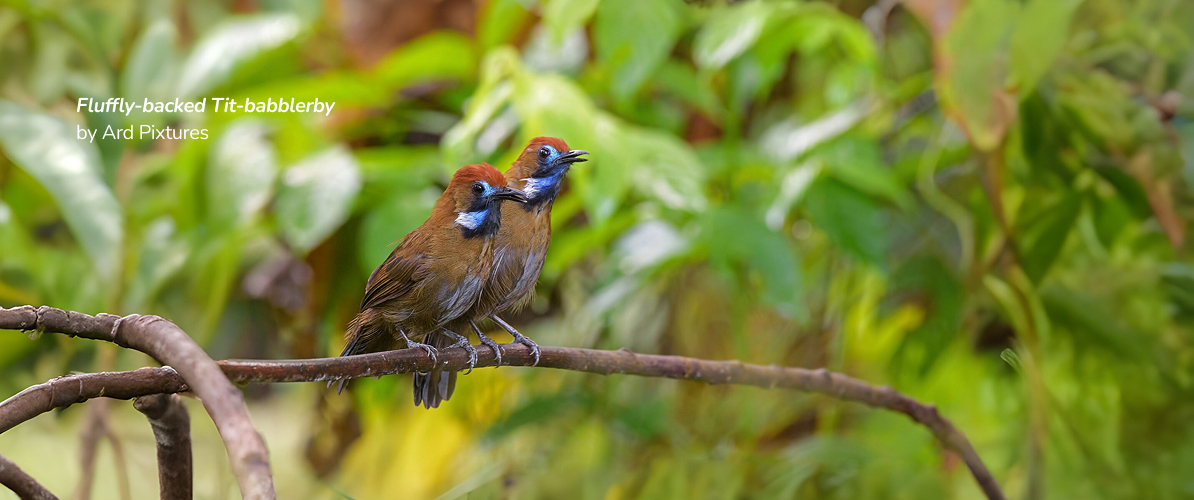
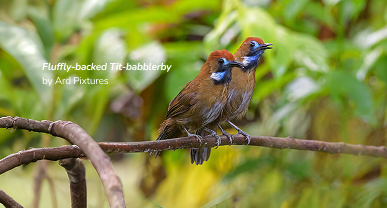
Endau Rompin National Park
Coordinate: 2°31’50.2”N 103°24’54.4”E
No. of species: 250
Endau Rompin National Park is another amazing tropical rainforest like Taman Negara and Royal Belum State Park. It is also one of the largest parks in the country covering 48,000 hectares of lowland forest, hilly terrain and a series of pristine streams and river. This park was gazetted in 1993 and was named after the 2 rivers that flow through the park, Endau River and Rompin River.
Listed as an IBAS (MY13), Endau Rompin National Park supports over 250 species of birds with 9 globally threatened species such as Malay Peacock-pheasant, Crestless Fireback, Lesser Adjutant, Storm’s Stork, Wallace’s Hawk-eagle, Masked Finfoot, Short- toed Coucal, Blue-banded Kingfisher and Straw-headed Bulbul.
Other birds sighted here include the Greater Racquet-tailed Drongo, Asian Fairy Bluebird, Pin-striped Tit-babbler, Fiery Minivet, Oriental Paradise-flycatcher (Blyth’s Paradise- Flycatcher), Cream-vented Bulbul, Red-eyed Bulbul, Blue-winged Leafbird, Red Junglefowl, Buff-necked Woodpecker, Rhinocerous Hornbill, Red-bearded Bee-eater, Greater Coucal, Brown Boobook, Sunda Scops- owl, Raffles’s Malkoha, Chestnut-breasted Malkoha, Malay Black Magpie, White-rumped Sharma, Rufous-crowned Babbler, Black-throated Babbler, Chestnut-rumped Babbler, Chestnut-winged Babbler, Orange-bellied Flowerpecker, Little Spiderhunter, Common Hill Myna and many more.
The park is also famous for its indigenous community and a good place to see Asian elephants. Going to the park is either by, driving your own 4×4 to the park or drive a normal vehicle to the town of Kahang and hire the 4×4 service through the Johor National Parks office. This is where you can also pay your park entrance fees and make your bookings for accommodation (a simple chalet room or dormitory beds). The journey from Kuala Lumpur is 5-hour however if you are coming from Johor Bahru, the journey is shorter at 3.5-hour. This duration includes a 1.5-hour drive in a 4×4 vehicle.

